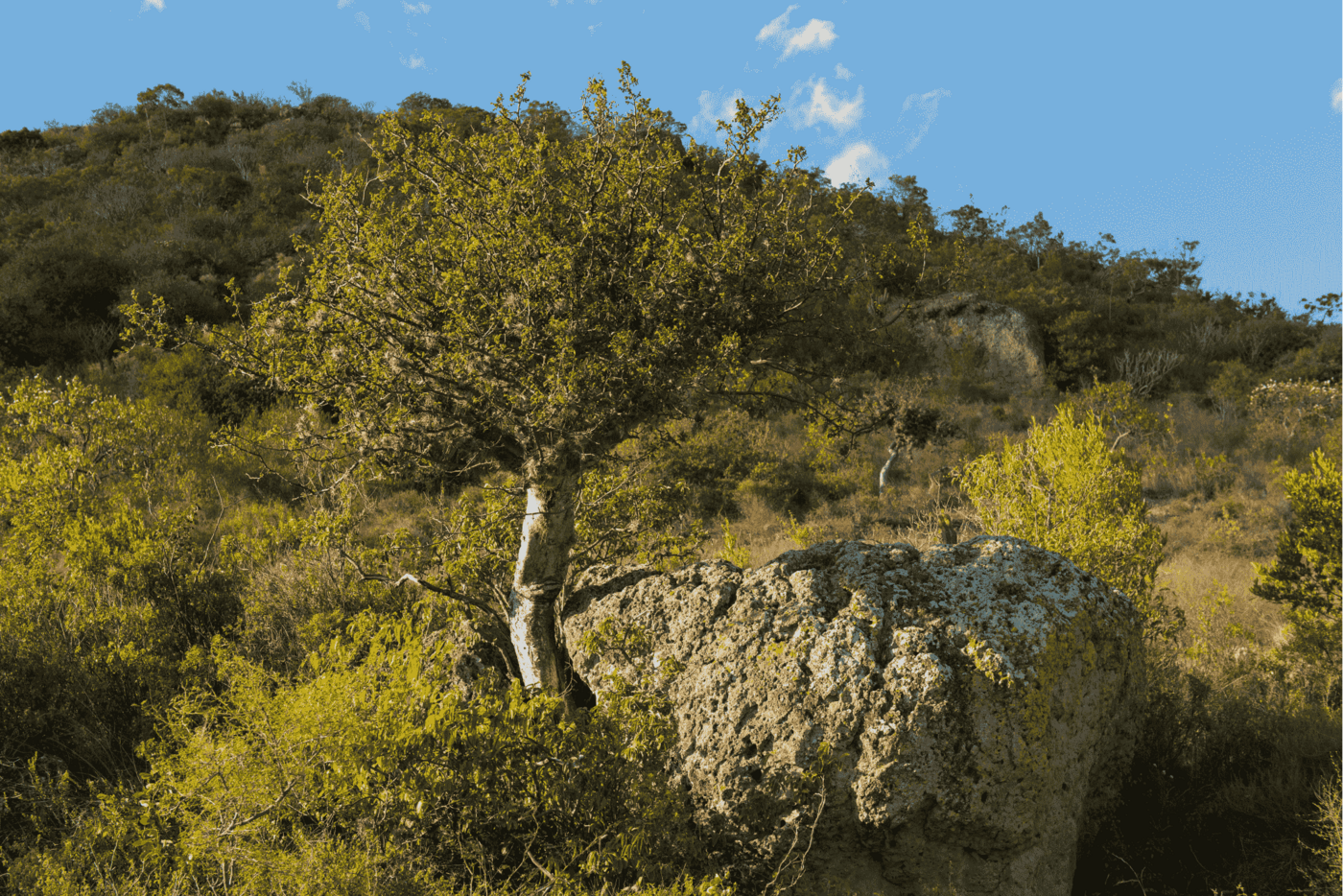
TREE
STORIES
With Luis Knapp
COPAL TREE
Luis Knapp travels to San Martin Tilcajete, Oaxaca, Mexico to learn about the sacred tree.

TREE
STORIES
With Luis Knapp
COPAL TREE
Luis Knapp travels to San Martin Tilcajete, Oaxaca, Mexico to learn about the sacred tree.
Tree Stories Episodes:


Tree Stories Episodes:
